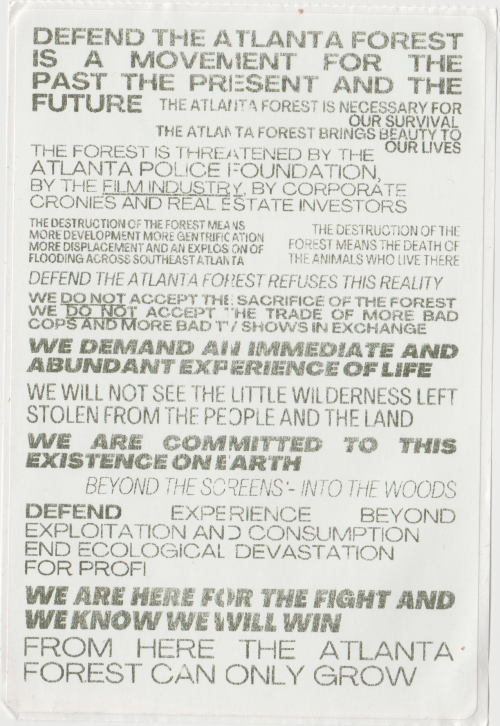Being as we were always there
attending readings, setting up
and putting away the folding
chairs, Gary and I fell into
jobs at The Poetry Project
assisting in the office with
each of us becoming masters
of the Gestetner 420
mimeograph apparatus.
To produce a publication
in those pre-computer days, we
typed stencils on an IBM
Selectric, with which you could swap
a font ball to gain italic—
quite the advancement at the time
and quite necessary for a
publication containing a
plethora of fresh book titles.
This people’s technology had
been used for decades in classrooms
to run off lessons and quizzes—
with the smell of the ink
on new pages wafting into
the nostrils of students perhaps
not so eager for instruction—
but the aroma altering
perception, enflaming senses.
This printing process began with
cutting a stencil, the stroke of
the typewriter keys displacing
the stencil’s coating thus making
the sheet permeable to ink.
One missed keystroke meant retyping
an entire stencil so the
labor often stretched late into
the night alone in the still church.
Once a page was typed and the pad
was slathered with ink, the nine-holed
stencil was fastened into place
around the drum of the device.
Reams of paper were then pulled through
the electric-charged rotating
assembly, embraced against the
spinning stencil and kissed with an
impression before being pushed
off into a containment bin—
complete, ready for gathering
with previous printed pages.
Whether it was The Poetry
Project Newsletter—a monthly
trade journal carrying alerts
of upcoming readings, reviews
of new poetry books, essays,
poems, art and reports on poets’
activities (distributed
to a mailing list of around
2,000-plus recipients)—
or any number of dozens
of other poet-run presses,
friends gathered around a table
and began the collation dance—
as much a social occasion
as functional necessity—
circling en masse to combine the
individual sheets into
editions of a few hundred
to be passed around to friends,
the admired, and prospective fans.
Looking back, it sort of felt like
the Matisse painting Dance (1) at
MoMA, but a downtown version
with cheap beer and drabber colors.
Page size was more often than not
eight-and-a-half by eleven
or eight-and-a-half by fourteen—
20-pound letter- or legal-
sized paper used for the contents
while 80-pound cover stock
wrapped the new minted offering.
A book of, say, 50 pages
was fastened on its left side with
two or three staples (three-quarter
inch), pounded into the book’s edge
with a heavy-duty stapler.
Once the Newsletter was run off
the mimeo, collated and
stapled, it was time to affix
the mailing labels, a list of
more than 2,000 subscribers
I labored to keep up to date.
Each month’s mailing then had to
be bundled according to ZIP
Code in order to prepare for
delivery at bulk-mail rates
(with Permit Number 605).
Each rubber-banded packet was
emblazoned with a colored dot
to identify the proper
geographic coordinate.
The prepared batches were loaded
into duffel bags supplied by
the postal service and shlepped in
a cab to the Old Chelsea Post
Office on West 18th Street, where
an ogre at the loading dock
would find something amiss in the
way the mailing was sorted, some
minor infraction enough to
unleash his pronounced objection.
No Christmas card for that guy, I
declare, 40 years after the
unpleasantness and test of my
fortitude and ability
to persevere in the real world.
